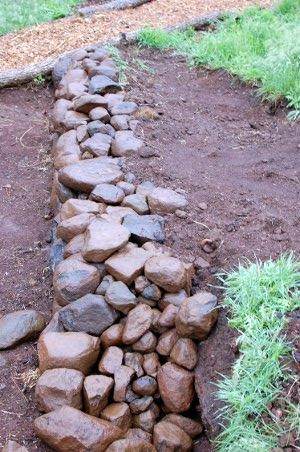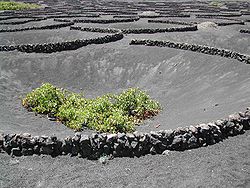
 24
24








 4
4




 5
5





 15
15




 3
3





 4
4




Hans Albert Quistorff, LMT projects on permies Hans Massage Qberry Farm magnet therapy gmail hquistorff
 1
1





 8
8





QuickBooks set up and Bookkeeping for Small Businesses and Farms - jocelyncampbell.com
 1
1




Amber Beckerson wrote:I wonder if you'd get more water collection if you used metal condensers inside of the rock pile. They would certainly be colder than the rocks surrounding them. Copper or stainless steel would probably be the best choices for the cleanest water, but if you're just watering plants, steel pipes would probably work well enough.
 5
5




 3
3




 4
4




 6
6





 1
1




Regards, Scott
 10
10





Windward Sustainability Education and Research Center
Permaculture Apprenticeships at Windward
America's First Permaculture Cemetery? Herland Forest Natural Burial Cemetery
 1
1




 3
3










 2
2













P.P.O.Y.T. (Playfully pouncing on your toes.)








 2
2




I'm just a girl trying to fix some seriously damaged land. Seriously.
 3
3












A human being should be able to change a diaper, plan an invasion, butcher a hog, conn a ship, design a building, write a sonnet, balance accounts, build a wall, set a bone, comfort the dying, take orders, give orders, cooperate, act alone, solve equations, analyze a new problem, pitch manure, program a computer, cook a tasty meal, fight efficiently, die gallantly. Specialization is for insects.
-Robert A. Heinlein








A lot of things come out of nowhere, so look everywhere.
 1
1




 1
1




Cassie Rauk wrote:
At its simpliest an air well is a structure or a device that collects water from the air using condensation. In the early part of the 1900, a few enterprising men experimented with rock air wells to capture moisture. They were working off the theory ancient cities used stacks of rocks as condensers and terra cotta pipes connected to the city’s water system to supply water for the city.
 1
1




A human being should be able to change a diaper, plan an invasion, butcher a hog, conn a ship, design a building, write a sonnet, balance accounts, build a wall, set a bone, comfort the dying, take orders, give orders, cooperate, act alone, solve equations, analyze a new problem, pitch manure, program a computer, cook a tasty meal, fight efficiently, die gallantly. Specialization is for insects.
-Robert A. Heinlein








Chris Kott wrote:I'm pretty sure that anything that evaporates with water will condense under the same conditions, so yes. But if, for example, there was a layer of biochar that the condensate ran through, and/or filtration through sand layers, or depending on the specific situation perhaps a swale system heavily planted with reed species and other water cleaning aquatic plants, any of these steps could be used to clean the condensate.
Figures we'd be looking to stone-age technology to solve modern-day calamity.




A human being should be able to change a diaper, plan an invasion, butcher a hog, conn a ship, design a building, write a sonnet, balance accounts, build a wall, set a bone, comfort the dying, take orders, give orders, cooperate, act alone, solve equations, analyze a new problem, pitch manure, program a computer, cook a tasty meal, fight efficiently, die gallantly. Specialization is for insects.
-Robert A. Heinlein




Chris Kott wrote:Please tell me that's not out of the King James. The same edition has some apalling mistranslations.




A human being should be able to change a diaper, plan an invasion, butcher a hog, conn a ship, design a building, write a sonnet, balance accounts, build a wall, set a bone, comfort the dying, take orders, give orders, cooperate, act alone, solve equations, analyze a new problem, pitch manure, program a computer, cook a tasty meal, fight efficiently, die gallantly. Specialization is for insects.
-Robert A. Heinlein
 4
4




bj henkes wrote:On lanzarote (canary island) A similar way of propagating is practised in the local vinyards like the pictures of Hawai show. They dig holes in the vulcanic rock and plant a vine at the bottem.





Xisca - pics! Dry subtropical Mediterranean - My project
However loud I tell it, this is never a truth, only my experience...




Regards, Scott







 3
3




Scott Stiller wrote:I have a few old terra cotta drain pipes. Wondering if placing those in the middle of the rock pile would work better than just a random stack?
Hans Albert Quistorff, LMT projects on permies Hans Massage Qberry Farm magnet therapy gmail hquistorff

|
Be reasonable. You can't destroy everything. Where would you sit? How would you read a tiny ad?
Freaky Cheap Heat - 2 hour movie - HD streaming
https://permies.com/wiki/238453/Freaky-Cheap-Heat-hour-movie
|








